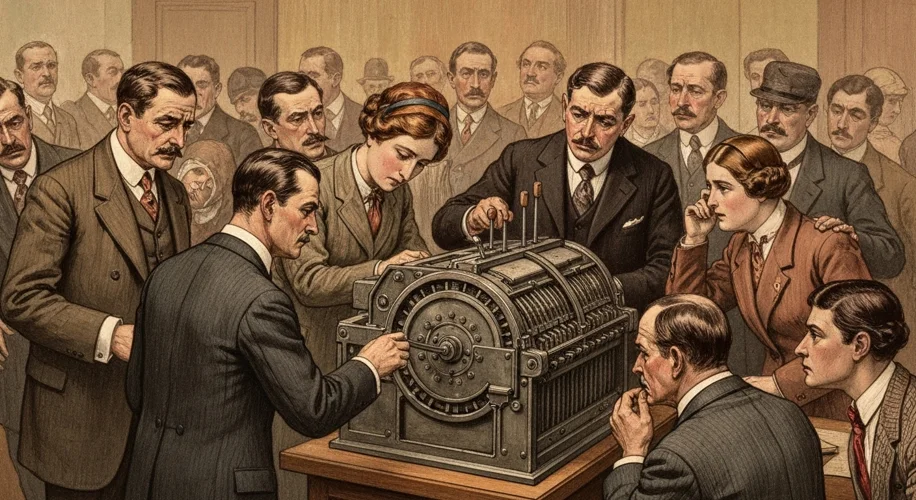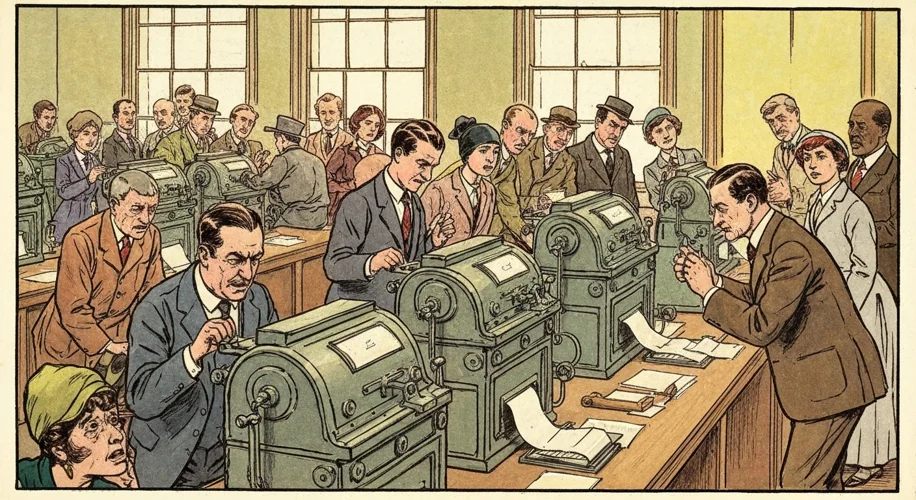The hum of a voting machine, the crisp feel of a ballot, the quiet anticipation of democracy in action – these are the familiar rituals of elections. Yet, beneath this veneer of order, history reveals a recurring tension between the machinery of voting and the integrity of the democratic process. Allegations of corruption, financial impropriety, and outright manipulation have shadowed voting systems for centuries, leaving a trail of distrust and questioning the very foundation of representative government.
From the earliest days of American democracy, the methods of casting and counting votes were far from standardized. In the nascent republic, literacy was not universal, and voting was often conducted by voice, with voters openly declaring their choices. This practice, while seemingly transparent, was rife with potential for intimidation and coercion. Imagine standing before a crowd, your voice a solitary declaration in a sea of differing opinions – the pressure to conform, or the fear of reprisal, could easily sway a vote.
As the nation grew, so did the complexity of elections. The introduction of paper ballots, while an improvement, opened new avenues for manipulation. Ballot stuffing, where extra fraudulent ballots were inserted into the ballot box, became a common tactic. Moreover, the physical ballot boxes themselves could be tampered with, swapped, or destroyed. Political machines, powerful organizations that controlled local politics, often wielded significant influence over election processes, ensuring their candidates’ victories through any means necessary.
One of the most notorious periods of voting machine controversy unfolded in the late 19th and early 20th centuries. As cities grew and populations swelled, the sheer volume of votes overwhelmed traditional methods. This era saw the rise of mechanical voting machines, promising greater accuracy and security. However, these complex contraptions also presented new opportunities for exploitation. The companies manufacturing these machines were often deeply intertwined with political parties, raising questions about their impartiality and the potential for profit-driven manipulation.
Consider the case of the “Gray Box” machines, introduced in various cities. These early mechanical devices required a lever to be pulled for each candidate. While intended to prevent errors, the machines were complex, and their operation could be opaque to the average voter. Allegations surfaced that certain machines were rigged, either through faulty design or deliberate tampering, to favor specific candidates. The costs associated with purchasing and maintaining these machines also became a source of contention, with accusations of inflated prices and kickbacks to politicians who favored certain manufacturers.

The financial aspect of voting machine contracts often became a breeding ground for corruption. In many instances, local or state governments would award lucrative contracts to a single vendor, often after opaque bidding processes. These contracts were not just for the machines themselves, but also for maintenance, software updates, and specialized training. Such exclusivity could lead to exorbitant costs for taxpayers, with little recourse for the government if the machines proved unreliable or the service inadequate. The specter of bribery and backroom deals loomed large, as elected officials stood to gain personally from favoring specific companies.
Beyond the direct financial impropriety, the very design and implementation of voting systems had profound implications for political integrity. The introduction of punch-card ballots in the mid-20th century, for example, famously led to the “butterfly ballot” controversy in Palm Beach County, Florida, during the 2000 presidential election. The poorly designed ballot allegedly confused voters, leading to thousands of miscast votes and casting a long shadow over the election’s outcome.
Even with the advent of modern electronic voting machines and optical scanners, controversies have persisted. Concerns about the security of these systems, the transparency of their algorithms, and the potential for hacking have become paramount. The reliance on proprietary software, often controlled by a handful of private companies, has raised alarms about accountability and the ability of election officials to truly understand and audit the machines they use.
Moreover, the vast sums of money spent on acquiring and maintaining these advanced systems continue to be a focal point of scrutiny. Reports of vendor lock-in, exorbitant fees for essential software updates, and a lack of transparency in procurement processes are recurring themes. The potential for financial impropriety remains a significant threat to public trust, as citizens question whether election integrity is being prioritized over private profit.
The history of voting machine controversies is not merely a collection of isolated incidents; it is a narrative that speaks to the enduring struggle to safeguard the democratic process. It highlights the critical importance of transparency, accountability, and public oversight in the procurement and use of election technology. As technology continues to evolve, so too must our vigilance in ensuring that the machines we use to elect our leaders serve the cause of democracy, rather than undermining it. The integrity of our vote is, after all, the bedrock upon which our entire political system rests.
Ultimately, the story of voting machines is a potent reminder that the technology we employ in our elections is only as sound as the ethical framework and regulatory oversight that govern it. The fight for secure, transparent, and equitable voting is a continuous one, demanding constant attention and a commitment to upholding the principles of democratic integrity.

